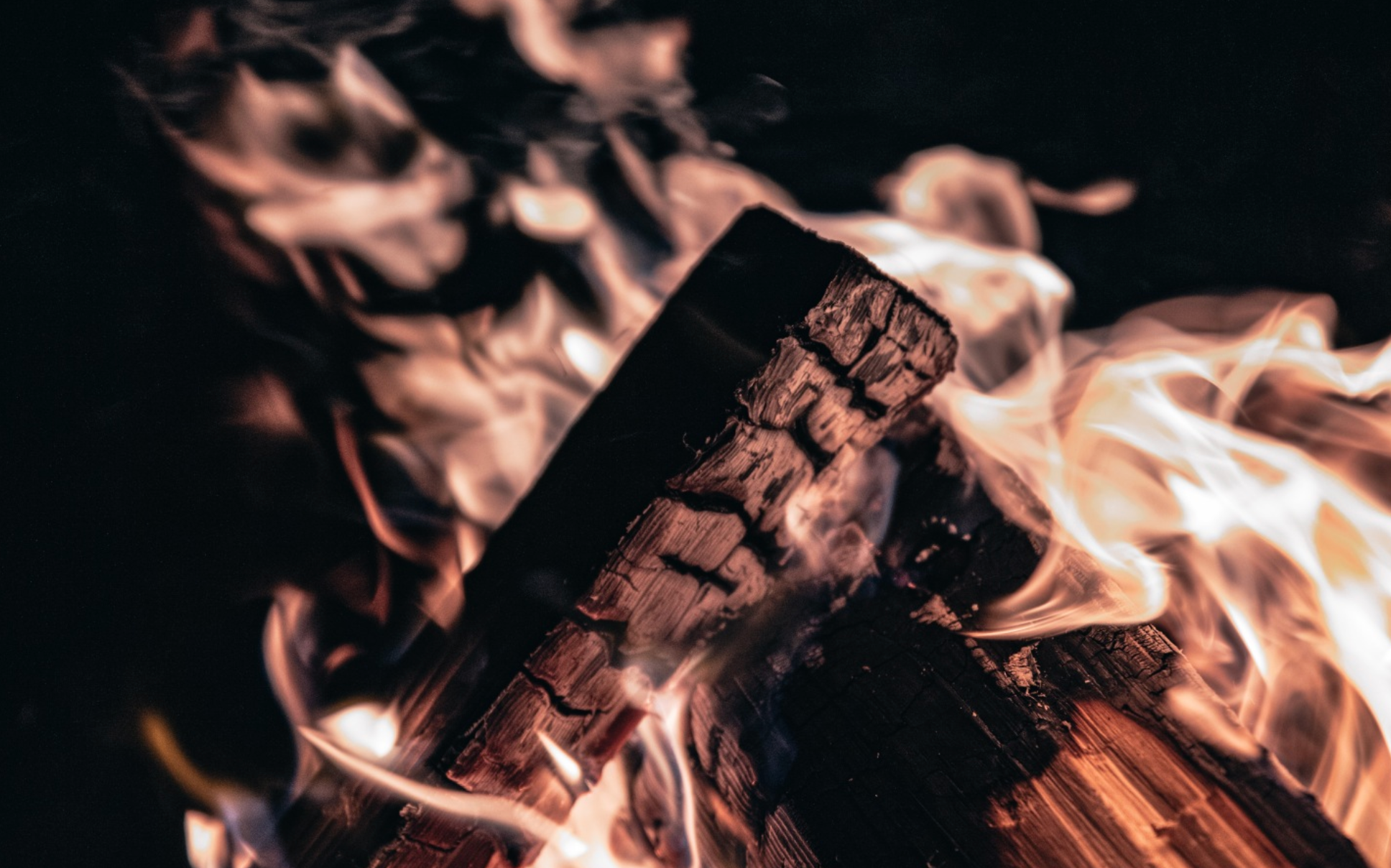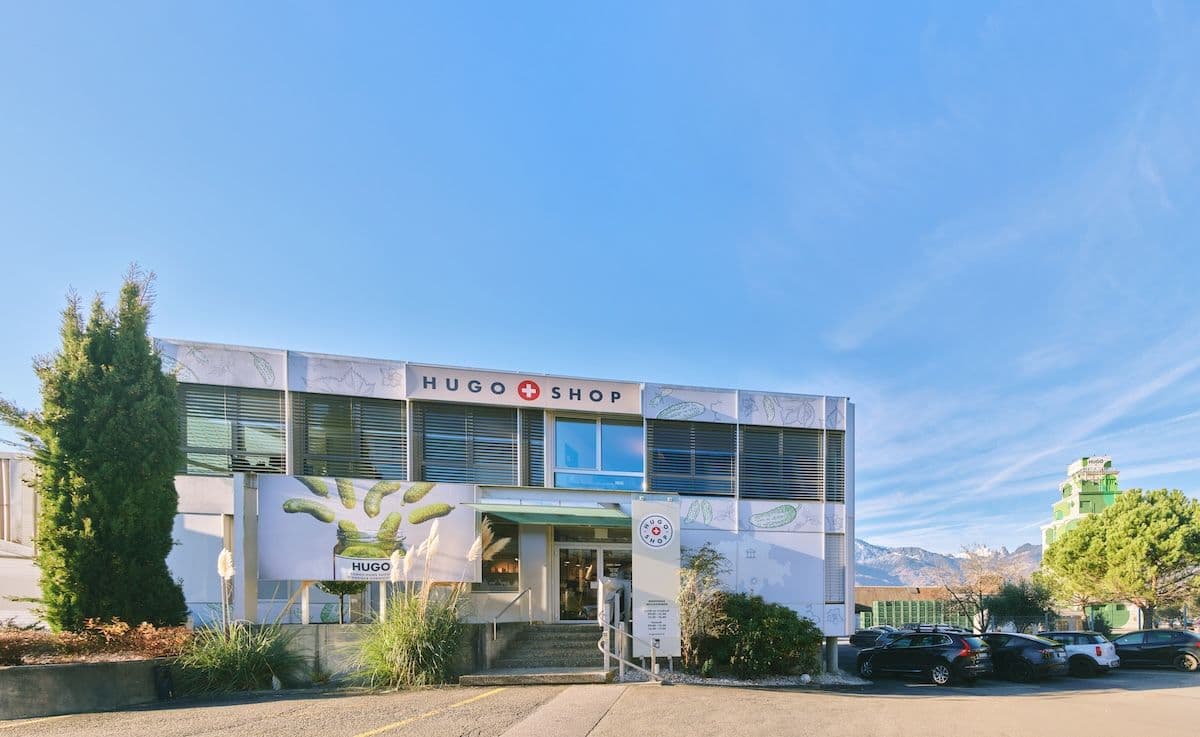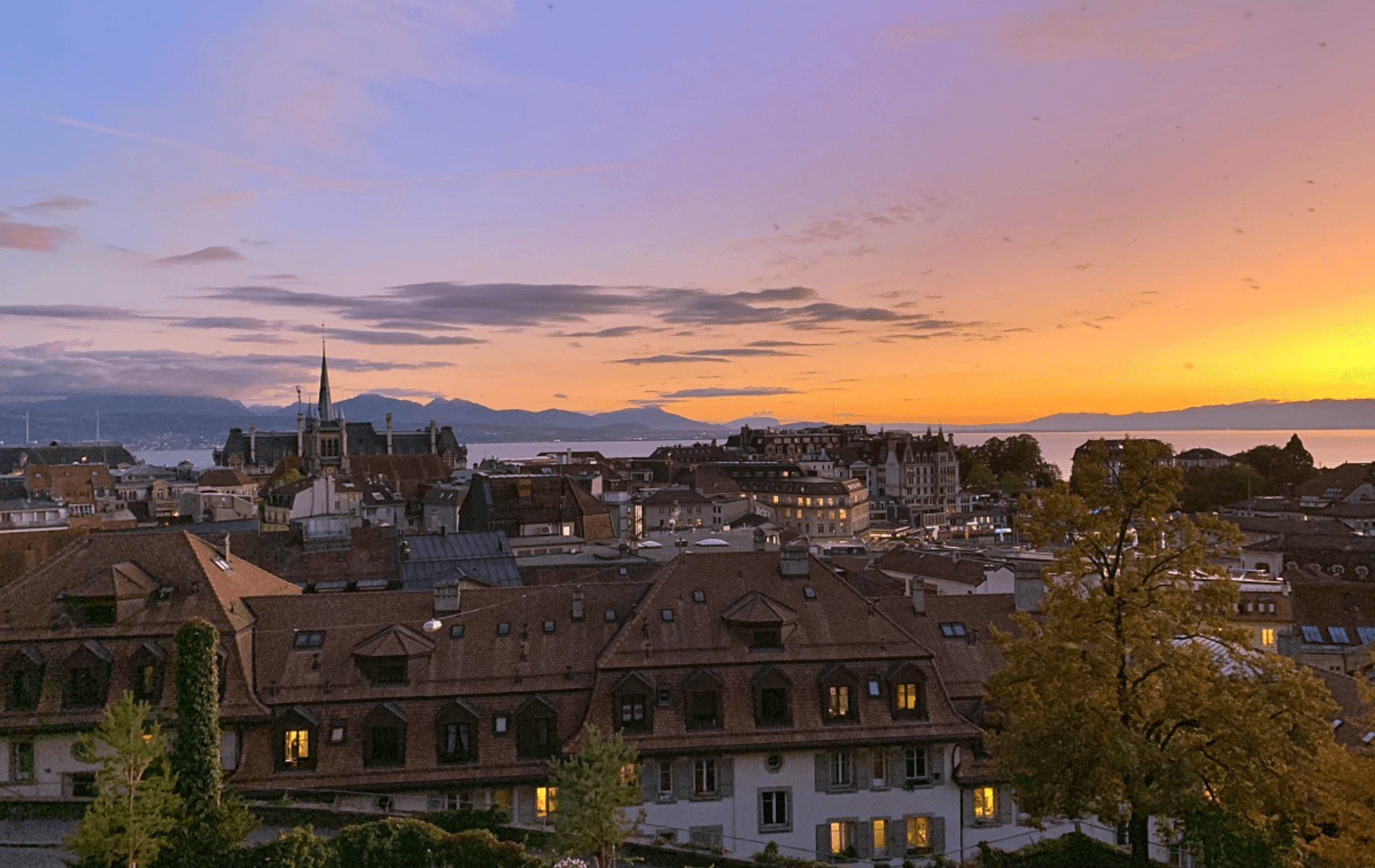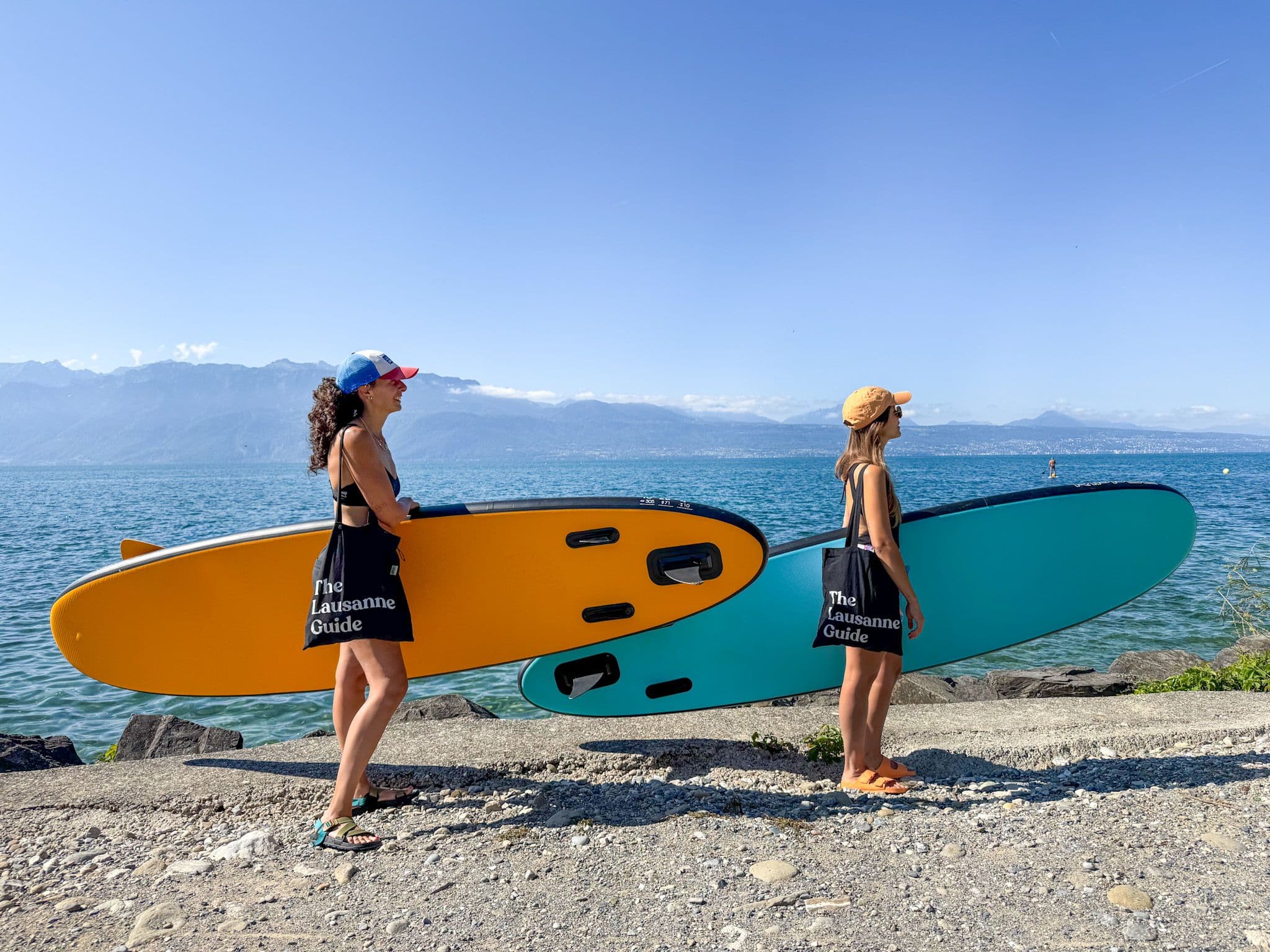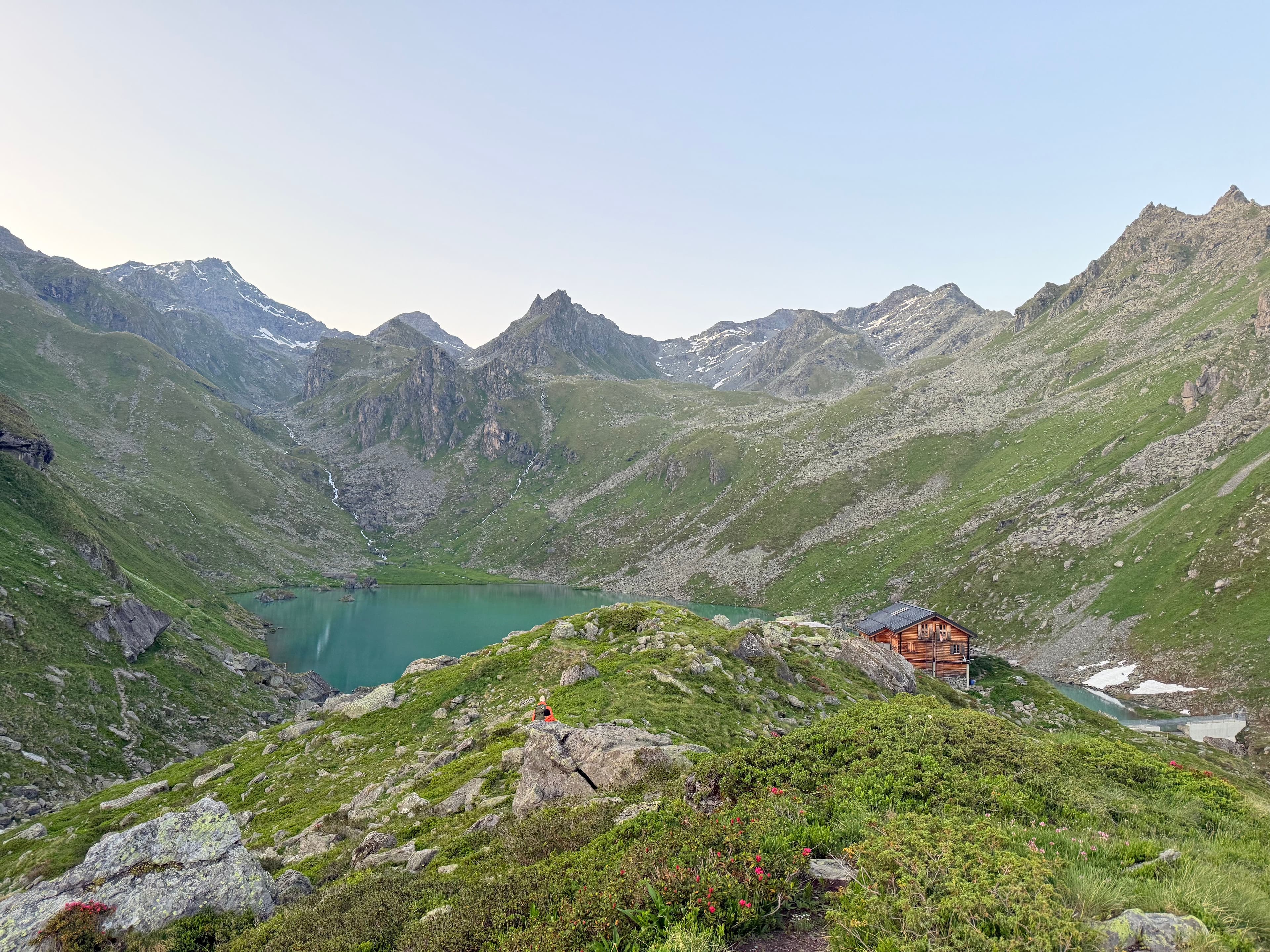I can still remember the first time I watched, mouth agape, as a fully grown business-suited adult rolled past me on their micro scooter, or when I was offered chocolate milk on the list of breakfast beverages when I stayed at a BnB. It was a joyous realization; some of the delights I thought I had to leave behind in my childhood could be resurrected in the Swiss practices of perpetual youth.
Filed under these delights: campfires.
We were invited for dinner with some Swiss friends. Their dress code sparked my intrigue; “wear something warm that you don’t mind getting a bit dirty or smelly.” I was wrong to assume this would be a traditional backyard grill evening. We loaded up the car with a cool bag and a box of wood and headed for a short drive to a forest path. What followed was an incredibly special, scout-badge-worthy and authentically-Swiss campfire grill. Complete with the mighty, compulsory and nationally treasured cervelas (sliced in criss-crosses at both ends, bien sûr!).
Dating back to the 19th century, the cervelas sausage began as a delicacy reserved for special occasions (pork was more expensive than beef). After mass-production made it more affordable, it became a firm favorite for the lunch boxes of manual workers who could eat it cold and on the go. These sausages have caused quite a stir in Swiss history. Including a ‘Sausage war’ over prices in 1890, and a more recent drama surrounding the possible extinction of the sausage making international headlines even during the 2008 financial crisis. Hence it being the go-to choice for any campfire cook-out in Switzerland.
Lest you feel snobbish about the humble cervelas sausage, know that it is actually listed in the Patrimoine Culinaire de Suisse.
Since that first Swiss campfire initiation, it has been a treat to discover a plethora of campfire locations in and around Lausanne. These purpose-built fire pits can be found on forest walking paths, beachfronts and mountainsides. A lot of them will even have a shelter, so that you and your companions can hide from any inclement weather whilst the bravest scout wannabe fights the elements to inspire a flame.
Read on for a few of our favorite tried and tested spots and scroll for top tips:
Chalet-à-Gobet
Couvert des Côtes: Park near the Refuge des Saugealles and follow the path downhill, take the path to the right, follow this a short way until you come to a left turn and should see the refuge just over the small bridge. It’s about a ten minute walk from the car. It has an indoor and outdoor shelter, large picnic benches, nearby stream and even a dry toilet! There are lots of possible paths to take to walk off your cervelas and loop around back to the cars.
-This fireplace and shelter can be found about 15-20 minutes walk from the main parking at Chalet-a-Gobet. If you know the running trails, it’s on the 7km route. Plenty of woodland walks and forest paths to explore around here. Also perfect for a good game of hide and seek.
Belmont-sur-Lausanne
Once you park your car, walk the wide path straight through the woods to find a fire spot with a shelter, water source and woodland surrounding.
-If the spot above is in use, try this nearby (more basic) option with a consolation prize of a view on the lake.
-On the field at the top of the Refuge des Bas Monts you can find an easily accessible fire spot with a shelter a short walk from the car. This is actually a grill and not a fire pit, but we’re including it here because if the refuge next door isn’t being rented, this place also offers some further fun for kids with a slide, zip-line and small playground area.
Lavaux
This one has an unbeatable view, but don’t bring a football (or anything that might roll).
Top tips for the perfect campfire experience
- To speed things up, bring dry wood and kindling (maybe a few fire starters like these for the less-confident scouts among us), matches, and a Swiss army knife.
- For the food: cervelas (duh!) or bratwurst. As they’re already cooked, they’re the safest option when grilling on a fire. Don’t forget the Thomy mustard and some fresh baguette. You could also make stick bread by twisting some pre-made pizza dough around a roasting stick and slowly turning it over the hot ashes. Dessert has to be grilled marshmallows sandwiched between chocolate petit beurres.
- Wait for the fire to have burned down before you cook your delicacies over the still hot ashes and embers (don’t cook directly over flames).
- Use a Swiss army knife to sharpen two prongs at the end of long stick and use this whittled stick for sausage roasting (If you’re fortunate, you might find that some local experts have kindly decided to leave their sausage sticks near the fire pit).
- Check to see if there are fire bans in that area (the local commune will have updated information on this, particularly after a long dry season or spell of hot weather).
- Never leave a fire unattended and make sure to extinguish it completely before you head home (especially on windy or dry days). Empty any remaining water from water bottles over the embers for an extra measure of safety.
- Always take your rubbish with you; glass, plastic and metal objects shouldn’t be burned on a fire.
